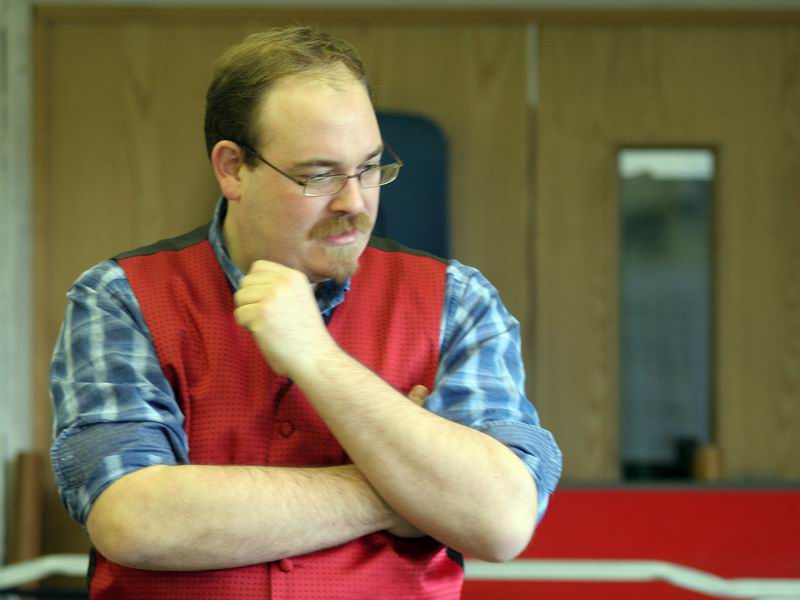
The big year
I have always been an Austrophile. Anyone who has ever read anything I have written about the period will be pretty aware of this. I started my hobby with a 15mm Austrian army and never really looked back. The army itself is pretty average. There are benefits: big infantry battalions, good quality cavalry and reasonable artillery. There are also disadvantages: a very average officer corps, a rather ponderous approach to warfare and army preservation taking precedence over the risks needed to win. On the whole, as an army, nothing will really save you from your mistakes (no show pony leaders, masses of guns or terminally stubborn infantry) but it will not simply crumble no matter what you do.

So I was looking forward to 2009. As a key player in the 200-ers I was looking forward to Austria standing alone and some good 1809 battles. In the end we did three: Sacile, Aspern-Essling and Wagram. Sadly, due to a bereavement, I was unable to make Wagram, where I was due to command. But I commanded and led the whitecoats to victory at both Sacile and Aspern-Essling. I was also looking forward to taking further steps to hammer the 'allied team', especially the younger lads in that group, into a good fighting organisation.
In terms of the scenarios Sacile was my idea. Not a Danubian battle, but a fairly even one in terms of numbers and troop quality with the usual difficulties of terrain that you find in Italy. Although small by the usual 200-er battles in Europe, it is as large as most battles in the Peninsular. It was also going to be a good test-bed for 1809 rules in general, particularly like things for masses, that we had grafted on to Art of Command. I would also get to play my much-maligned namesake: Archduke John.

Aspern-Essling was always going to be a different kettle of fish. Admittedly it was always going to be a tough call for the French, and a decisive French victory was only going to happen if the Austrians were incompetently handled. The French were going to be allowed to change what started over the river and the bridges over the Danube went up and down like a whore's knickers whilst the Austrians were constrained to historical arrival times and entry points.
I will say very little about Wagram as I was not there.

I had also been painting like mad for two years or more, churning out Austrians. The end result was that I had completed all of IV and V Kolonne by the time Aspern-Essling arrived. I was also happy that these Kolonne fell into the hands of two very good players: Tom Burke and Brett Smith. But more of the actual team when it comes to describing the battle. I will include a post before Aspern-Essling with photos of each of the units and generals to give everyone some eye-candy.
The other point to make is that I was already looking to 1813 even as 1809 began. Of course some of the infantry in 1813 would be in helmet, but troops I ordered for Wagram (which never got fielded) all ended up in shako. Not one to plan small, I am now looking at 4 years to do as much of Wittgenstein's Advance Guard as possible: starting with Austrian IV Armee Abteilung and II Prussian Korps. The latter can mostly be made from the excellent Calpe range. But I also have Spanish to complete, some French to polish off and a slow-burning Wurttemberg project. I have also recently been appointed Brunswick for our refight of Auerstadt and want to do the 27 Prussian squadrons from our upcoming battle of Heilbronn (5 done so far...)
K

No comments:
Post a Comment